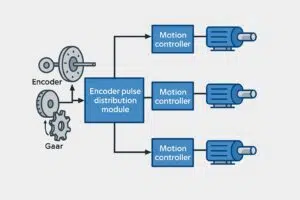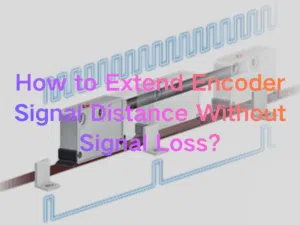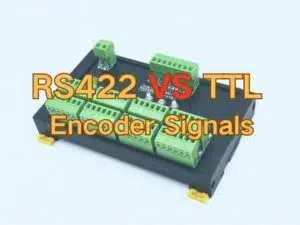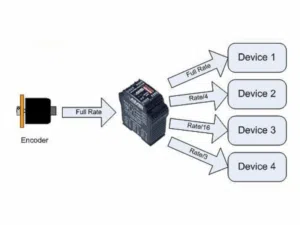Push-in DIN Rail Terminal Blocks have revolutionized industrial wiring with their quick and secure connection method. This article explores the definition, working principle, common uses, advantages, and popular models of these essential electrical components. Understanding these aspects will help you select the right terminal blocks for your control cabinets, PLCs, and electrical panels.

Overview of Push-in Terminal Blocks
Push-in terminal blocks are compact electrical connectors designed for fast, tool-free wiring. Their main components include an insulating housing, a conductive metal part, and a spring mechanism that grips wires firmly without screws. These blocks are widely used in industrial control panels and automation systems for their robust design and ease of installation.
They provide stable electrical contact and reduce wiring errors compared to traditional screw terminals. Their modular design fits standard DIN rails, making system assembly cleaner and more efficient. Linking to our Push-in Terminal Blocks product page, you can explore a wide range of models tailored for different wiring requirements.
How Push-in Connection Works
The connection relies on an internal spring clamp that applies consistent pressure on the conductor when inserted. This automatically locks the wire in place, eliminating the need for manual screw tightening. This spring technology enhances vibration resistance and long-term reliability, ensuring secure connections in harsh industrial environments.

For a detailed comparison, please refer to our article on Push-in vs Screw Terminal Blocks, which highlights performance differences and installation efficiencies.
DIN Rail Mounting & Applications
Push-in terminals feature a standardized mounting clip that snaps onto DIN rails—commonly TS-35 rails in control cabinets. This makes installation and maintenance quick, while ensuring stable mechanical support. These blocks are ideal for wiring in PLC systems, distribution boxes, motor controls, and factory automation setups.

Their adaptability to various industrial settings streamlines manufacturing and maintenance processes significantly.
Benefits of Using Push-in Terminals
- Time-saving wiring: Push-in technology cuts installation time drastically.
- Increased safety and reliability: Mechanical spring clamps ensure consistent pressure, preventing loosening.
- Maintenance-free: No retightening required, reducing downtime.
- Enhanced durability: Resistant to vibration, corrosion, and mechanical wear.
These advantages translate into improved operational efficiency and reduced labor costs, making push-in terminals a preferred choice in modern electrical installations.
Common Models and Wire Range
These models meet diverse industrial wiring needs while supporting compatibility with standard automation components.
| Model Series | Wire Size (mm²) | Voltage Rating | Typical Use |
| PT1.5 | 0.2~1.5mm² | 17.5A | 500V |
| PT2.5 | 0.2~2.5mm² | 24A | 800V |
| PT4 | 0.2~4mm² | 32A | 800V |
| PT6 | 0.5~6mm² | 41A | 1000V |
| PT10 | 0.5~10mm² | 57A | 1000V |
| PT16 | 0.5~16mm² | 85A | 1000V |
These models meet diverse industrial wiring needs while supporting compatibility with standard automation components.
FAQs of Push-in Din rail Terminals
A1: Push-in terminals are employed in industrial control panels, PLCs, and automation equipment for rapid, reliable wire connections.
A2: Push-in terminals offer faster installation and better vibration resistance, while screw terminals provide flexibility in wire types. For more details, see our Push-in vs Screw Terminal Blocks comparison.
A3: Yes, specific models support wire sizes up to 6 mm² suitable for higher current applications.
A4: Most push-in terminals accept both solid and stranded wires; check model specifications for exact compatibility.
A5: They require minimal maintenance due to their spring-loaded mechanism, with periodic inspection recommended.
A6: Yes, many are designed with robust insulating materials and corrosion-resistant components for industrial conditions.





